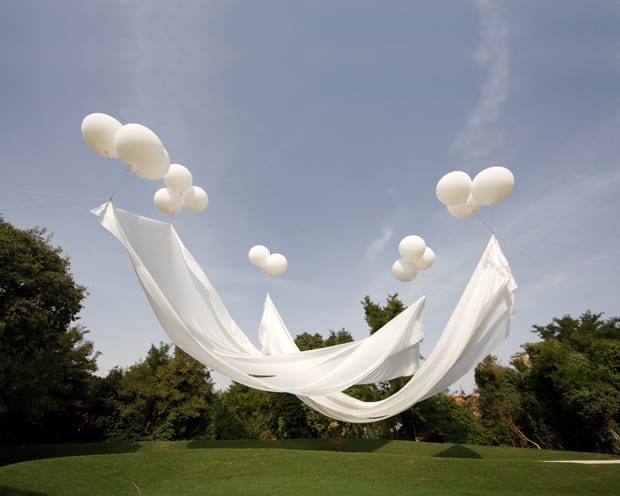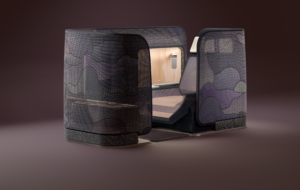
words Oliver Wainwright
A secret garden at the Venice Biennale can be found at the furthest corner of the sprawling Arsenale complex. Landscape design practice Gustafson Porter has created a treat for the few intrepid archi-tourists that make it through the endless installations that fill the former shipyard.
“I can’t tell you what paradise looks like,” laughs Kathyrn Gustafson, partner at the London-based practice, “but we’ve tried to provoke thoughts of what it could be.”
Hidden behind a rusting tangle of industrial relics, beyond the crumbling fortified walls of the Arsenale is a conspicuously perfect vegetable garden. Sitting in what were the grounds of a Benedictine convent destroyed in the late 1800s, the project aims to resurrect the kitchen gardens that fed the nuns, while retaining a sense of the wild. It’s a haven after the sensory overload of Biennale director Aaron Betsky’s main exhibition.
You enter the first part of the garden, “Remember”, through an old storeroom lined with the names of now-extinct animals and plants, before emerging through a polytunnel into “Nourishment”, an impossibly abundant vegetable patch swelling with marrows, peppers and pumpkins, all grown off-site and timed to fruit in unison.
For the opening, the gardens were topped off by the pictured sculpture, an airy construction of white sheets and balloons. It was a whimsical touch that suggested Venetian baroque and the cherubs in Tiepolo paintings lugging random bits of cloth across the heavens.
“Landscape architecture is a greatly neglected subject from a curatorial point of view,” says partner Neil Porter. As the first landscape installation in the biennale’s 11-year history, the project marks an important watershed.


















